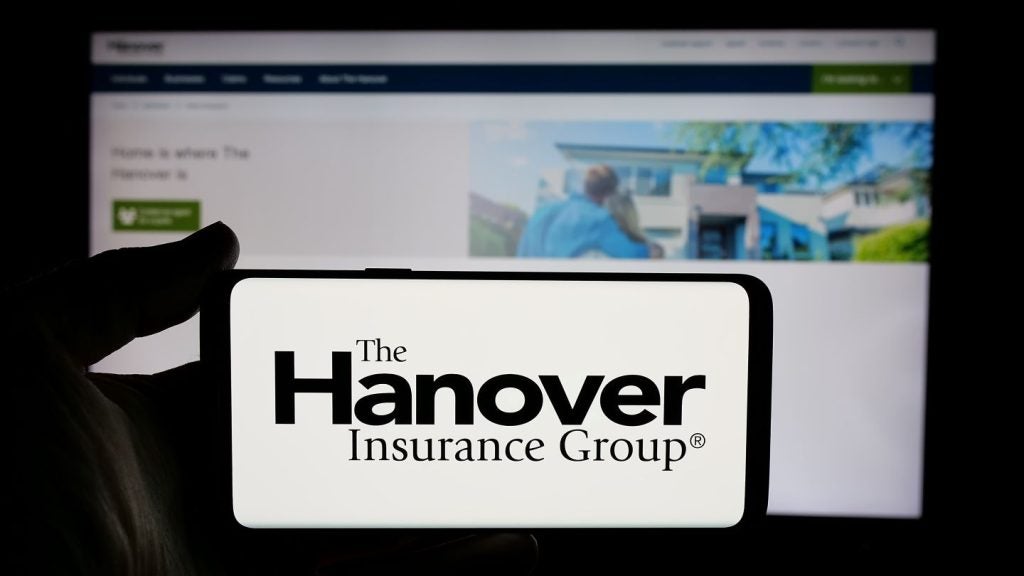
Matthew Edwards, head of mortality and longevity in Willis Towers Watson’s life insurance practice, (pictured below) explains why wearable technology presents a fascinating opportunity for insurers, and related sectors such as the private health sector.
Edwards says wearables can allow insurers both to measure risk better, and to position themselves as working in policyholders’ interests regarding their health.
As far as risk measurement goes, wearables could be regarded as the life insurance equivalent of the vehicle telematics and usage-based insurance that is common in motor insurance, providing enormous amounts of information about the insured’s habits.
There is also a very predictive form of segmentation: a policyholder who accepts a telematics device in their car will likely be a materially different risk type from the refusenik.
In the same way, a policyholder interested in a life policy involving the use of a wearable is likely to exhibit contrasting characteristics from other policyholders.
But rather than seeing wearables as a form of measuring device, their use also allows insurers to present themselves more positively to policyholders, as ‘partners’ in each policyholder’s striving for a better lifestyle as well as financial assurance.
Played well, this could represent a great change in the public perception of insurers.
Examples of firms known to be operating along these lines include:
- AXA, where two of its US units (AXA Equitable Life Insurance Co. and MONY Life Insurance Co. of America) boast a Wellness Incentive Benefit Endorsement.
- Under this, policyholders can receive payments on completing specified health activities, such as regular exercise while wearing an approved fitness-tracking device.
- The US insurer John Hancock has a similar benefit, termed the Healthy Engagement Benefit: policyholders can reduce their premiums by scoring sufficient points, for instance via exercise as monitored according to an approved wearable, or achieving and maintaining a healthy body mass index.
- In the UK, the relatively new insurer Vitality is regarded as the leader in this area, with its ‘Vitality Optimiser’ which offers a range of benefits to policyholders who choose this route. Interestingly, Vitality has been the first UK insurer to partner with Apple Watch.
So far, much of the premium consideration relating to initial discounts on wearable use is thought to be fairly broad brush, being designed more as an incentivising mechanism to attract the desired type of policyholder.
Marketing is itself a reasonable justification and it can help develop, along with other wellness initiatives, important affinity relationships to position the insurer as a preventer of risk.
Where premium discounts are considered more scientifically, the calculation of appropriate reductions relating to (for instance) daily steps walked requires a decent understanding of the relationship between those metrics and the claim outcome of interest.
Given the novelty of electronic wearables and the fact that they tend to be used by fitter, younger lives, even a large insurer would need to wait many years before achieving the critical mass of mortality data that would enable meaningful analyses.
However, substantial research has been done on the health effects of exercise, in particular steps, for many years.
By way of examples:
- Each 2,000 step per day increment is associated with a 10% reduction in probability of a cardiovascular event. (Change in daily ambulatory activity and cardiovascular events, Yates, Haffner et al; The Lancet, Vol 383, March 22 2014)
- Increasing baseline daily steps from sedentary to 10,000 / day associated with 46% reduction in mortality (Objectively measured daily steps and subsequent long-term all-cause mortality, Dwyer, Pezic et al; PLOS ONE 10(11): e0141274. doi:10.1371/journal.pone.0141274)
The most recent news in the field of predictive health analytics based on wearables comes not from insurers, but from the North American health sector.
For instance, the Georgia-based firm ‘LifeQ has developed a new type of optical sensor that can be integrated into wearable devices to monitor various physiological measures.
The data captured by this sensor (‘LENS’) is then used as inputs into already-designed models to provide ‘real time’ information on the body’s health and performance.
The Canadian firm Vivametrica, based in Calgary, was established to analyse data from wearable sensor devices in order to improve health and wellness.
Given their ability to accurately assess chronic disease risk and mortality, Vivametrica has recently shifted their focus to applying their proprietary health analytics for the underwriting and engagement of insurance customers.
To do this, the firm has constructed a device-agnostic data system to acquire, standardise and analyse data from wearable technology.
The infancy of electronic wearables means that there is little published research available.
It is clearly an emerging field of great interest to insurers and healthcare providers, as well as to medical researchers – and of course to desk-bound office workers looking to improve their health.







